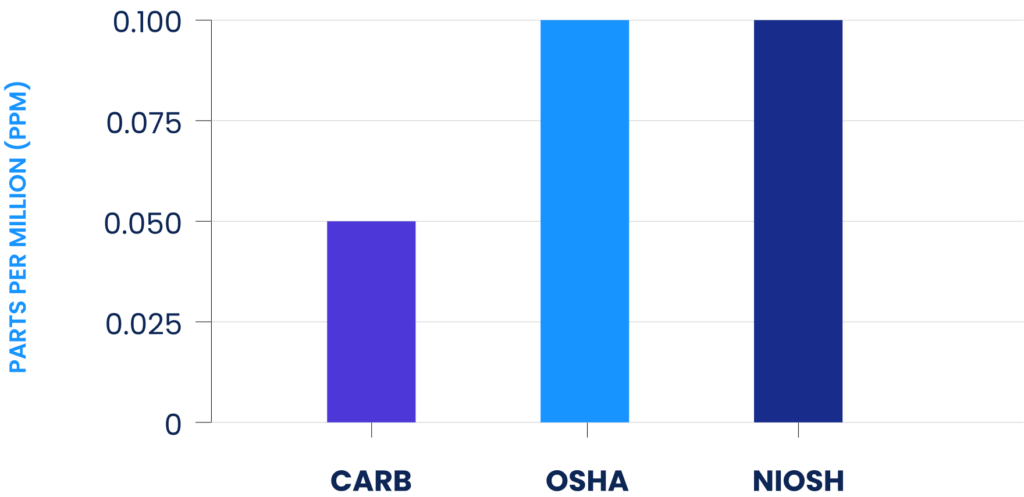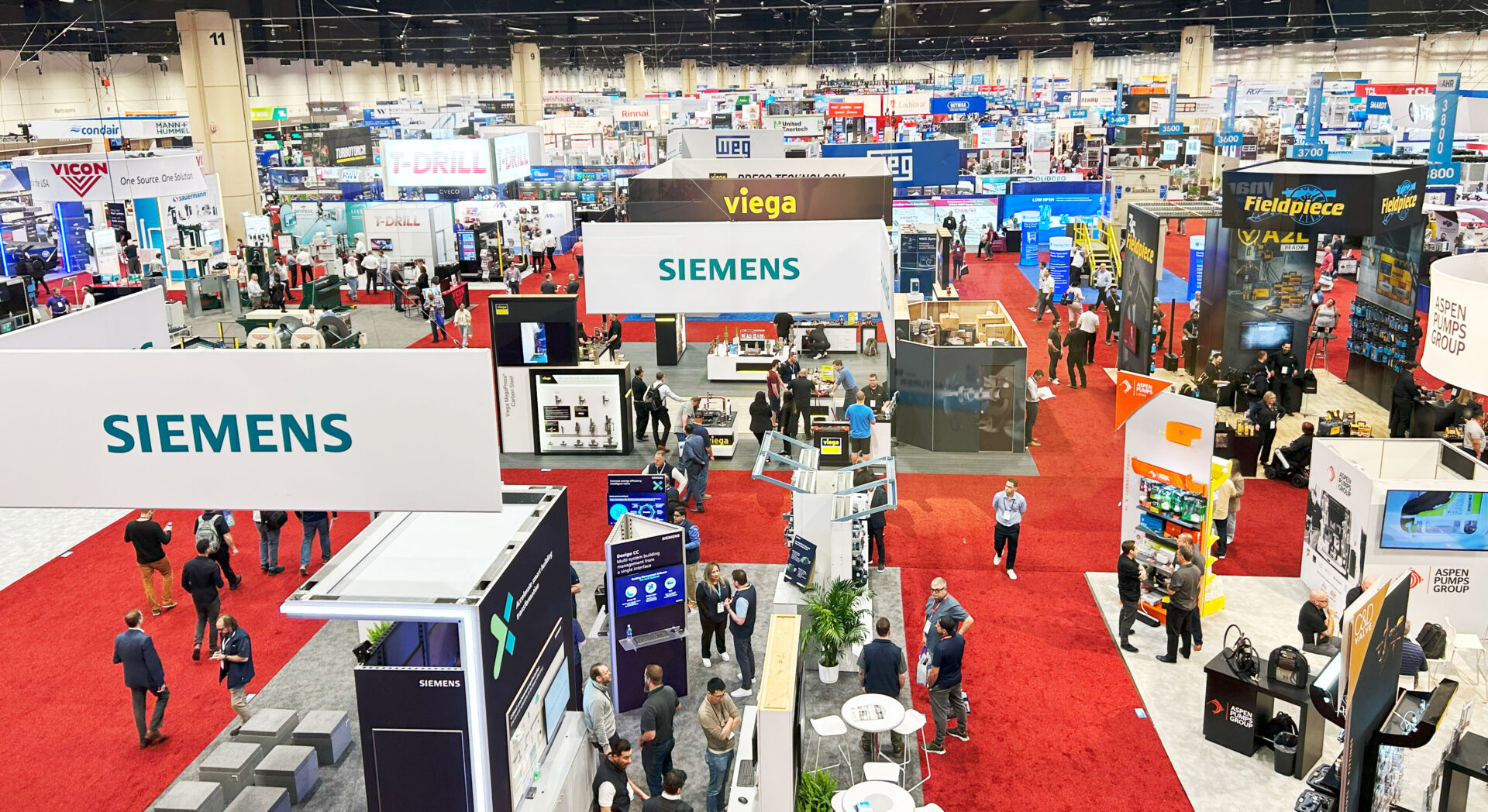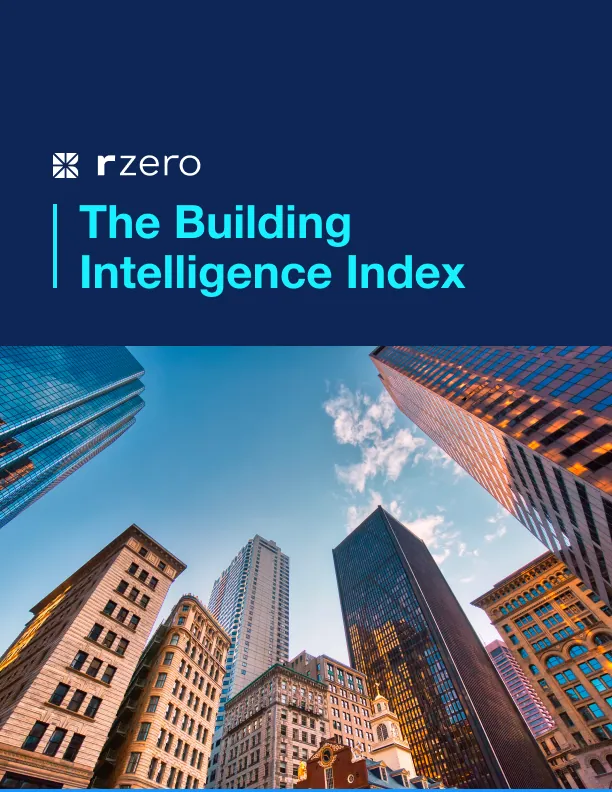
Debunking the myths about Ozone and UV-C
It’s natural to be concerned about the impact of ozone on human health and ask if a particular technology creates risk. But to make the right choice, it’s important to distinguish facts from fears.
Below, we explain ozone production in various products, the link between Far-UV light and ozone, and how California’s stringent standards protect anyone using a certified device.
Ozone Production in Various Products
First, it’s important to understand that ozone is a molecule composed of three oxygen atoms, often formed as a by-product of certain electronic appliances and industrial processes. Some air purifiers, for instance, deliberately produce ozone because of its ability to oxidize and eliminate airborne contaminants. However, the amount produced varies significantly among different types of products.
- Ionic air purifiers produce ozone as a by-product of ionizing air particles to remove pollutants. The levels can vary depending on the model and settings.
- Ozone generators, as the name suggests, are designed to produce ozone deliberately and can create high concentrations, especially those used for industrial purposes.
- Other electronic devices and appliances, depending on their design and function, might produce trace amounts of ozone, usually insignificant from a health perspective.
It’s worth noting that the EPA concludes that, “Available scientific evidence shows that at concentrations that do not exceed public health standards, ozone has little potential to remove indoor air contaminants.”
Ozone regulation
Various government agencies have established indoor ozone standards. As shown below, the California Air Resources Board (CARB) standard is twice as strict as Federal Occupational Safety and Health Administration (OSHA) and the National Institute of Occupational Safety and Health (NIOSH).
Allowable ozone output by different regulators

UV-C Light and Ozone Production
UV-C light has been gaining attention for its potential to inactivate microbes. One concern that arises is its interaction with oxygen molecules, potentially leading to ozone formation.
The best way to alleviate that concern is to look for CARB-certified devices that, if they produce any ozone at all, do it at a minimal, safe level that’s essentially consistent with the ozone level already present in the air.
CARB Certification and Its Process
As mentioned above, CARB has set the strictest standard in the nation for indoor ozone, and it certifies electronic appliances with rigorous testing and evaluation to ensure they meet stringent air-quality standards. Here is the list of CARB-certified air cleaning devices.
R-Zero UV-C devices are all below the strictest limits for ozone production
R-Zero’s Beam, Vive, and Arc are all CARB-certified, and also tested and certified to UL ozone standards 867, the standard for electrostatic air cleaning (<50ppm).
The same UV-C light that powers R-Zero’s Eon was tested for ozone production and found to add less than 6 parts per billion to the ambient ozone level. Additionally, Eon is UL 2998 certified, which validates “zero ozone production” and requires under 50 parts per billion.
More posts you might like
-

3 Key Takeaways from AHR Expo 2025: What’s Shaping the Future of HVAC
The 2025 AHR Expo brought together HVAC industry leaders, innovators, and professionals to showcase the latest advancements in heating, ventilation, and air conditioning. Here are the key insights that stood out from our team on the ground. 1. Smart Technology is Enhancing, Not Replacing, Traditional HVAC A significant shift observed at this year’s expo is […]
-

Webinar Recap: Redefining Energy Efficiency
As commercial energy costs continue to rise, building operators are looking for faster, cost-effective solutions to reduce waste and improve efficiency. Heating, Ventilation, and Air Conditioning (HVAC) systems account for nearly 60-70% of total building energy consumption, making them one of the largest opportunities for savings. However, traditional HVAC systems often operate on outdated schedules, […]
-

Wildfire Smoke: Understanding the Impact on Indoor Air Quality
As we face yet another intense wildfire season, with significant events already impacting regions across the country, the challenges to air quality, both outdoors and indoors, are more pressing than ever. Wildfires contribute up to 50% of “ultrafine” particles in the air; tiny pollutants that can travel hundreds of miles and infiltrate indoor spaces, affecting […]

